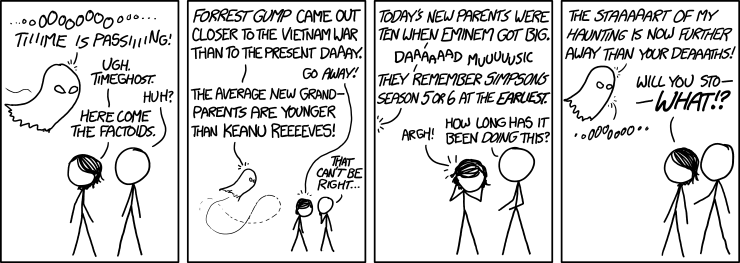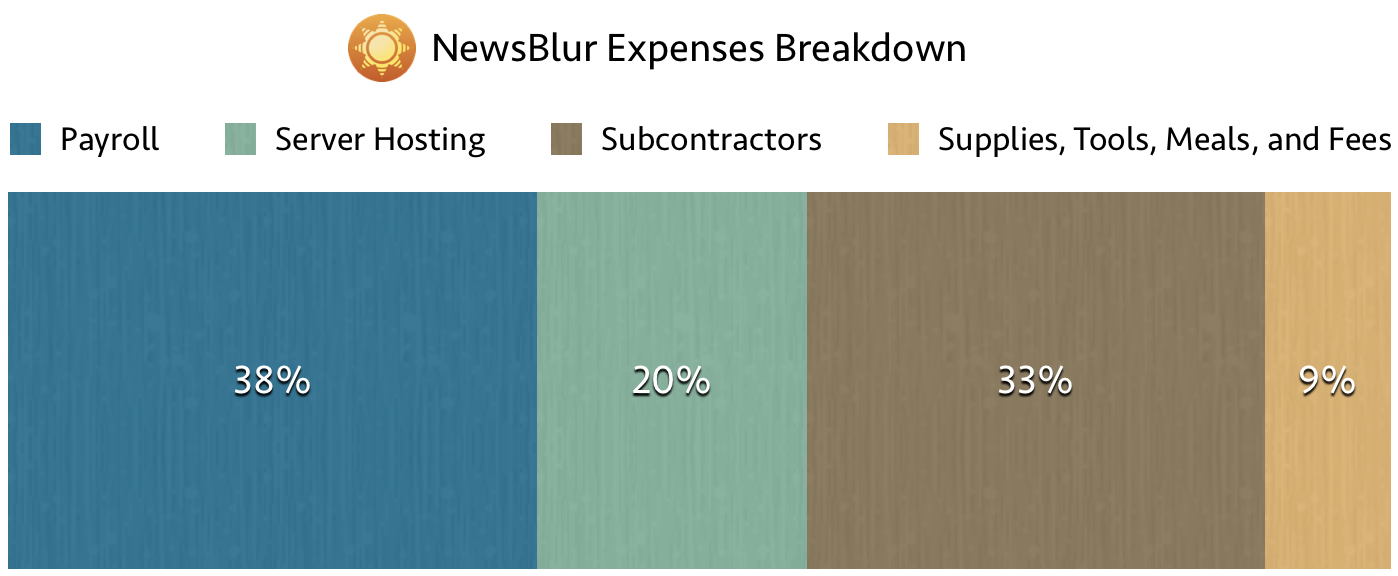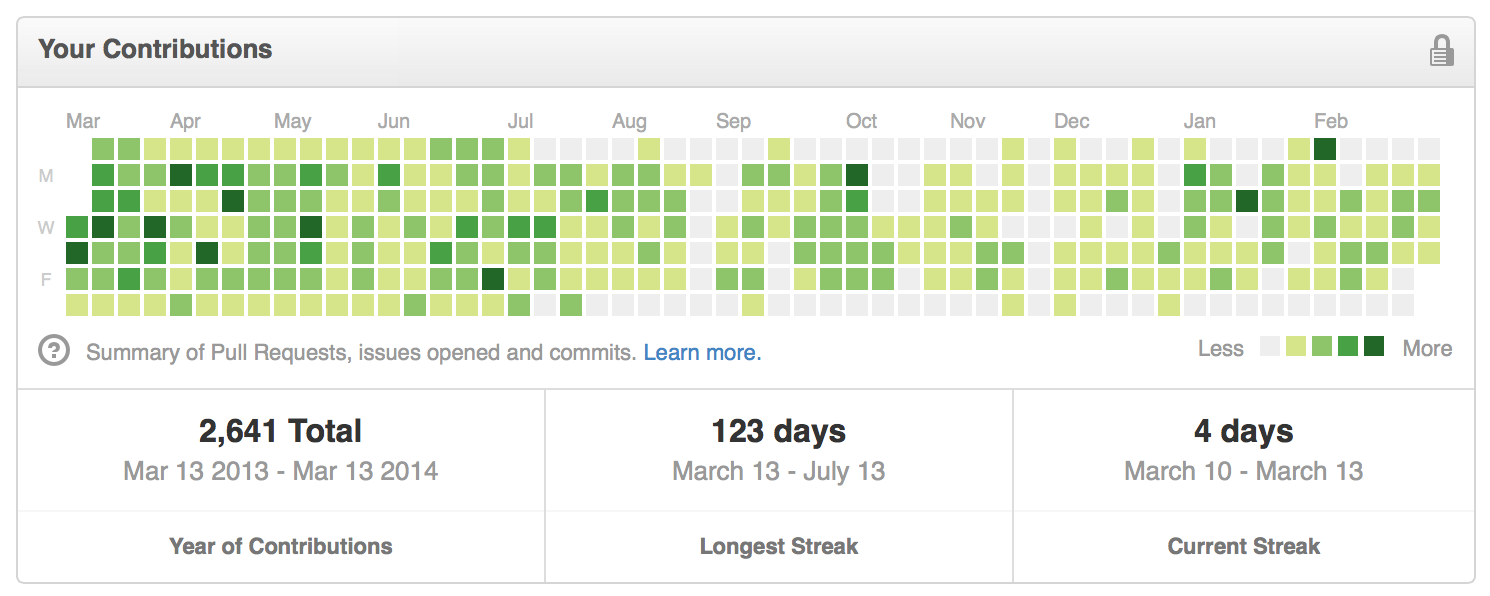
Back in early March, I posted comic #1337, Hack, about a wayward spacecraft. ISEE-3/ICE was returning to fly past Earth after many decades of wandering through space. It was still operational, and could potentially be sent on a new mission, but NASA no longer had the equipment to talk to it—and announced that reconstructing the equipment would be too difficult and expensive.
ISEE-3 is just a machine, but it’s a machine we sent on an incredible journey; to have it return home to find our door closed seemed sad to me. In my comic, I imagined a group of internet space enthusiasts banding together to find a way to take control of the probe—although I figured this was just a hopeful fantasy.
I wasn’t the only one who liked the idea of “rescuing” ISEE-3. In April, Dennis Wingo and Keith Cowling put up a crowdfunding project on RocketHub to try to learn how the lost communications systems worked, reconstruct working versions of them, obtain use of a powerful enough antenna, and commandeer the spacecraft. It seemed like an awfully long shot, but I contributed anyway.
Well, yesterday, Cowling and his team announced, from the Arecibo radio telescope in Puerto Rico, that they are now in command of the ISEE-3 spacecraft.
Congratulations to the team, and good luck with your new spaceship! Watch out for hackers.
In this industry, you gotta be tough.
I’m just kidding. We’re a bunch of literates who enjoy reading so much that we built our own news readers. But when a behemoth like Google makes a call that places you at the business end of 100,000 frantic power users, reminding yourself how tough you are is one way of dealing with the madness.
Google announced Reader’s sunset at 4pm on March 13th, 2013. At that point I had spent three and a half years building my vision of a better news reader. I clearly wasn’t doing it for the money, since my paltry salary didn’t even cover my market rate rent in San Francisco. RSS was a decidedly stupid technology to piggyback off of to try and cover that financial disconnect.
Take a look at this graph. It shows NewsBlur’s income versus its expenses for the past 16 months. Just look at those few months before the Google Reader shutdown announcement in March 2013.

It was never hard to justify to others why I worked on a news reader for three-some years, partially because I’d been justifying it to myself for so long. I had the delusion that it would all work itself out in the end, so long as I kept pushing my hardest and shipping features users wanted. And, at the time, with 1,000 paying subscribers, it certainly felt like I was getting somewhere.
If you’re curious about why expenses are so high, think about what it takes to run a modern and popular news reader. This graph breaks down expenses for an average month from the past year.

Why spend all that money on subcontractors and new tools? Because I’m investing in building an even better news reader.
Fast forward a year and let hindsight tell you what’s what. I was irrational to think that I could make it on my own in a decaying market, what with all the air sucked out by Google. But that three year hallucination kept me persevering to build a better product, which positioned NewsBlur well as a strong candidate for a Reader replacement. When the sunset announcement dropped, it didn’t take long to fortify the servers and handle all the traffic. NewsBlur permanently ballooned up to 20X the number of paid users. People flocked to NewsBlur because it was among the furthest along in creating real competition. As we say on NewsBlur, the people have spoken.
The post-Google Reader landscape
I run a very opinionated news reader. If you think somewhat like I do, you couldn’t be more pleased with the direction NewsBlur goes. But this is still a power tool, and in a world of casual readers who don’t care where their news is coming from so long as it’s in their interests and matches their biases, NewsBlur is the coffee equivalent of the AeroPress. Most people want drip coffee and they don’t bother wasting mental energy on caring about the difference in taste or quality. It’s a binary to them: coffee or no coffee. There’s nothing wrong with that, they just choose to focus on other things more important to them than the sourcing or control they have of their coffee.
Many competing news readers are visual and offer a similar experience. When you want to give up control in exchange for the digested output of sophisticated and heartless algorithms, they’re your best bet. When you want to exert control and know what you want and from which sources, NewsBlur is the only option. No other reader gives you training, statistics, and sharing in one multi-platform app. Nobody else cares so much about RSS as to work on a news reader when it was still a financial inevitability of failure.
Future work on NewsBlur
If the past is any indication, NewsBlur is going to continue to see many more improvements. This graph of contributions from the past 365 days shows my level of unwavering dedication.
One way people speak is by committing code to NewsBlur’s GitHub repo. Try developing your own pet feature. I’ll even do some of the hard work for you, so long as you give it a good try and submit a pull request.
Meanwhile, I’m using the windfall to develop a secret project that will complement NewsBlur in a way that hasn’t been tried before with any reader. And if that fails, I’ll find an even better way to make my users happy with their purchase. If you thought I was relentless before March 13th, 2013, just wait until you see what I’m capable of with the finances to build all the big ticket features I’ve been imagining for years.
And while you’re here, do me a favor and tweet about NewsBlur. Tell your followers, who are probably looking for a better way to read news, about how much you rely on NewsBlur. Reading positive tweets about NewsBlur every morning (and afternoon and evening and before bed) make this the best job I’ve ever had.


(I'm also testing out using iffft .com to turn my newsblur shares into blog posts)

I like NB so much, I've been developing my own Windows 8 Metro UI for it!



Also, I am kind of in awe when I see what a single person can do!
On Friday, xkcd #1190—Time—came to an end.
It was a huge project, but since it was all concealed within a single comic panel, I thought I’d end with this short post to explain what was going on. If you want to see the story yourself before I spoil anything, you can use one of the many excellent third-party Time explorers, like the Geekwagon viewer, or one of the others listed here.
When the comic first went up, it just showed two people sitting on a beach. Every half hour (and later every hour), a new version of the comic appeared, showing the figures in different positions. Eventually, the pair started building a sand castle.
There was a flurry of attention early on, as people caught on to the gimmick. Readers watched for a while, and then, when nothing seemed to be happening, many wandered away—perhaps confused, or perhaps satisfied that they’d found a nice easter-egg story about castles.
But Time kept going, and hints started appearing that there was more to the story than just sand castles. A few dedicated readers obsessively cataloged every detail, watching every frame for clues and every changing pixel for new information. The xkcd forum thread on Time grew terrifyingly fast, developing a subculture with its own vocabulary, songs, inside jokes, and even a religion or two.
And as Time unfolded, readers gradually figured out that it was a story, set far in the future, about one of the strangest phenomena in our world: The Mediterranean Sea sometimes evaporates, leaving dry land miles below the old sea level … and then fills back up in a single massive flood.

(A special thank you to Phil Plait for his advice on the far-future night sky sequence, and to Dan, Emad, and everyone else for your help on various details of the Time world.)
Time was a bigger project than I planned. All told, I drew 3,099 panels. I animated a starfield, pored over maps and research papers, talked with biologists and botanists, and created a plausible future language for readers to try to decode.
I wrote the whole story before I drew the first frame, and had almost a thousand panels already drawn before I posted the first one. But as the story progressed, the later panels took longer to draw than I expected, and Time began—ironically—eating more and more of my time. Frames that went up every hour were sometimes taking more than an hour to make, and I spent the final months doing practically nothing but drawing.
To the intrepid, clever, sometimes crazy readers who followed it the whole way through, watching every pixel change and catching every detail: Thank you. This was for you. It’s been quite a journey; I hope you enjoyed the ride as much as I did!
P.S. A lot of people have asked if I can sell some kind of Time print collection (or a series of 3,099 t-shirts, where you run to the bathroom and change into a new one every hour). I’m afraid I don’t have anything like that in the works right now. I just made this because I thought it would be neat, and now that it’s done, my only plan is to spend the next eleven thousand years catching up on sleep. If you liked the project, you’re always welcome to donate via PayPal (xkcd@xkcd.com) or buy something from the xkcd store. Thank you.







![It was bound to happen eventually. This data theft will enable almost limitless [xkcd.com/792]-style password reuse attacks in the coming weeks. There's only one group that comes out of this looking smart: Everyone who pirated Photoshop. It was bound to happen eventually. This data theft will enable almost limitless [xkcd.com/792]-style password reuse attacks in the coming weeks. There's only one group that comes out of this looking smart: Everyone who pirated Photoshop.](http://imgs.xkcd.com/comics/encryptic.png)